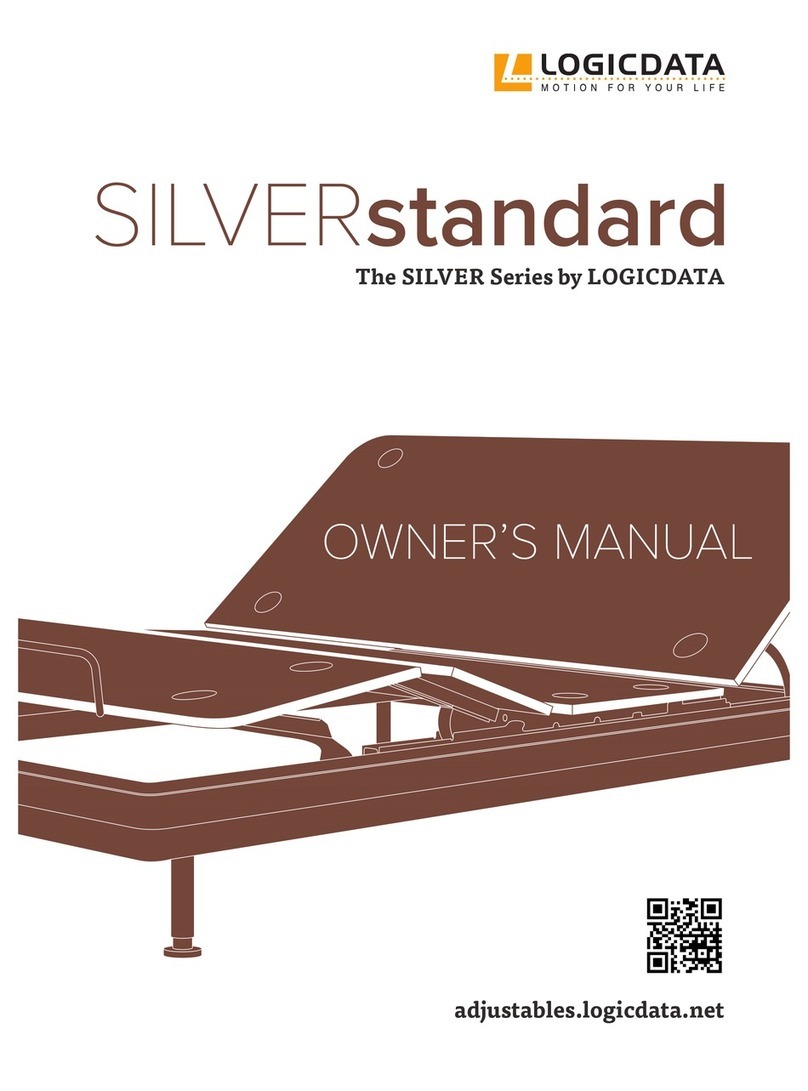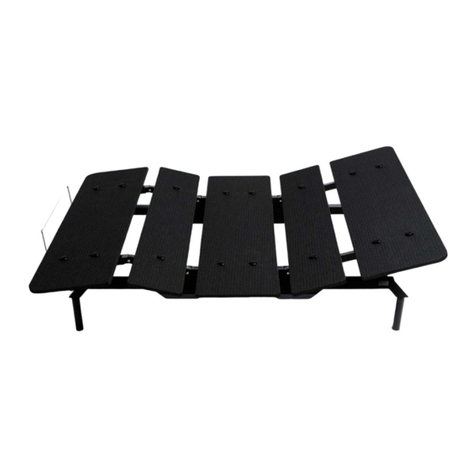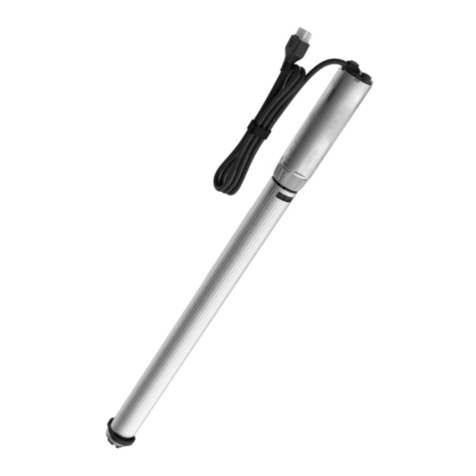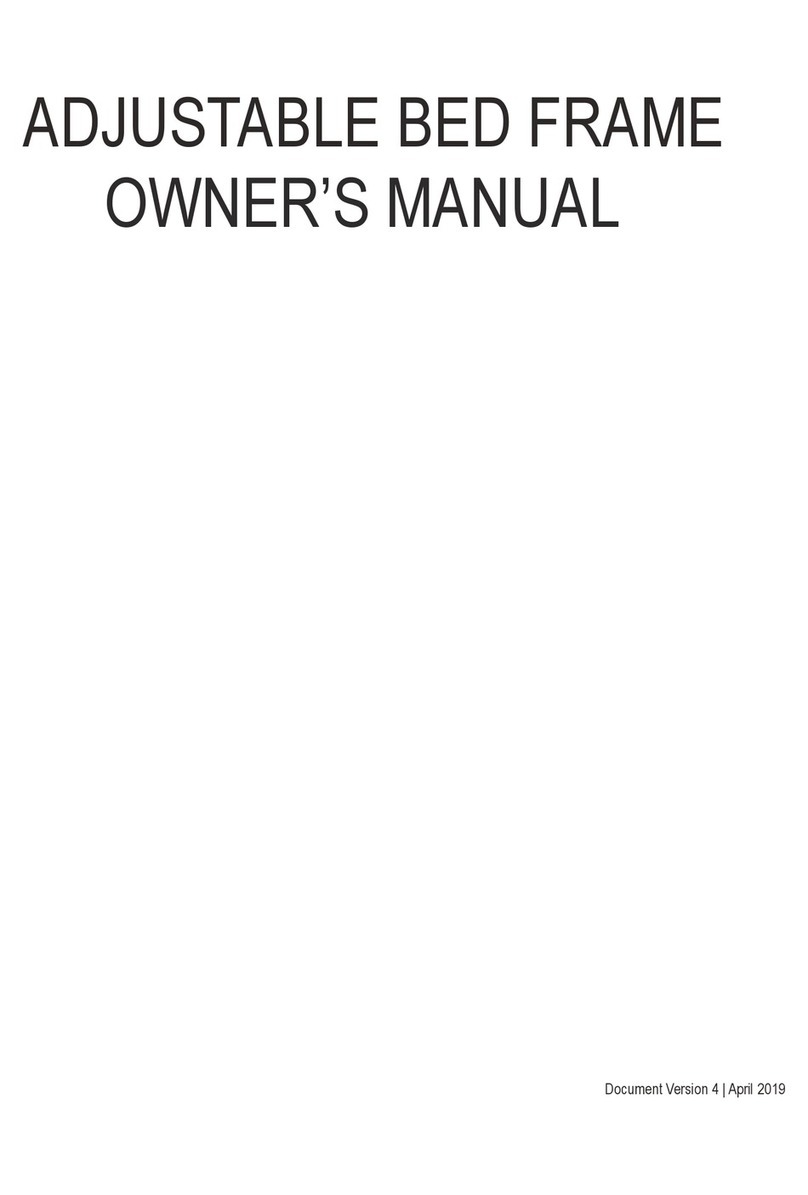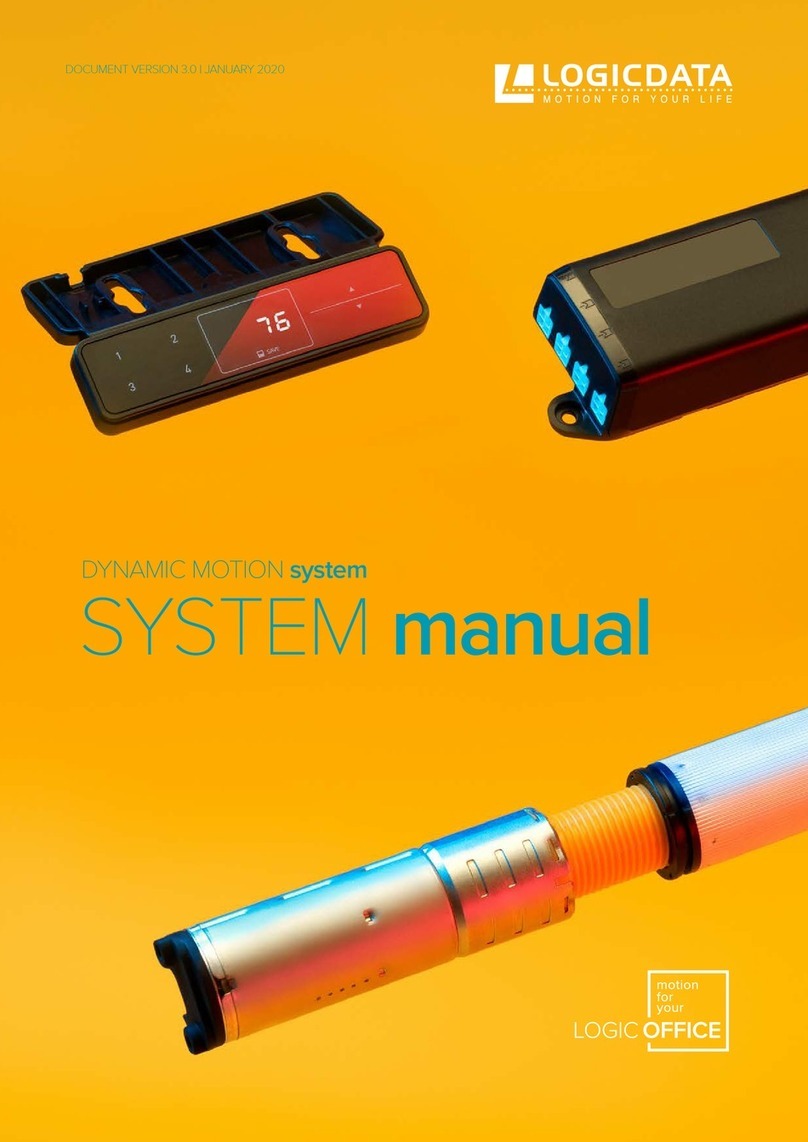
DYNAMIC MOTION SYSTEM - CONFIGURATION HANDBOOK // PAGE 8
2.7 RESIDUAL RISKS
Residual risks are the risks that remain after all relevant safety standards have been complied with. These
have been evaluated in the form of a risk assessment. Residual risks associated with the connection and
commissioning of the system are listed here and throughout this Conguration Handbook. The risks asso-
ciated with mounting each product to the Table System are detailed in the respective product’s Operating
Manual. The risks associated with operating the Table System are detailed in the DYNAMIC MOTION system
Manual. See also Chapter 1.1 Other Applicable Documents on page 5. The symbols and signal words used in
this Operating Manual are listed in Chapter 2.5 Explanation of Symbols and Signal Words on page 7.
WARNING Risk of death or serious injury in explosive atmospheres
Operating the system in potentially explosive atmospheres may lead to death or serious
injury through explosions.
• Read the relevant directives to determine if an atmosphere is potentially explosive
• Do not operate the system in potentially explosive atmospheres
WARNING Moderate risk of serious injury through electric shocks
While cleaning or using the system, liquid intrusion may lead to serious injury through
electric shocks.
• Do not allow any components to become wet during cleaning
• Ensure components are placed away from areas where spillages are likely to occur
• Take care not to spill liquids onto or around the system
CAUTION Risk of injury through exposure to harmful gases
Operating the system using damaged cables may lead to overheating and the release
of harmful gases. Inhaling these gases may lead to minor or moderate injury.
• Do not use damaged Cable
• Ensure that Cables are not clamped during assembly
CAUTION Risk of minor or moderate injury through crushing
Self-retention (i.e. the ability of the Table System to maintain its position while station-
ary and in movement) is a safety issue that must be considered by all resellers. Although
the DYNAMIC MOTION system was designed with measures to help prevent the Table
System from slipping, the risk of uncontrolled movement is dependent on the design
of the Height-Adjustable Columns and – if applicable – the installed 3rd party spindles
themselves. Resultantly, LOGICDATA cannot assume responsibility for this risk. Failure
to ensure self-retention may lead to minor or moderate injury through crushing be-
tween parts or by falling objects, which may be caused by unexpected movement of the
Table System.
• Ensure that Height-Adjustable columns are designed with sucient friction to
prevent uncontrolled movement
• Contact LOGICDATA for further advice and design specications
CAUTION Risk of minor or moderate injury through tripping
During the assembly process, you may have to step over Cables. Tripping over Cables
may lead to minor or moderate injury.
• Ensure that the assembly area is kept clear of unnecessary obstructions
• Be careful not to trip over Cables
CAUTION Risk of minor or moderate injury through crushing
If any Handset Key becomes stuck while the system is in motion, the system may not
stop properly. This may lead to minor or moderate injury through crushing.
• Disconnect the system immediately if any Handset Key becomes stuck
CAUTION This appliance can be used by children from 8 years and above and people with reduced
physical, sensory or mental capabilities or lack of experience and knowledge if they
have been given supervision or instruction concerning the use of the appliance in a safe
way and understand the hazards involved. Children must not play with the appliance.
Cleaning and maintenance by the user must not be performed by children, unless they
are over 8 years old and supervised.






